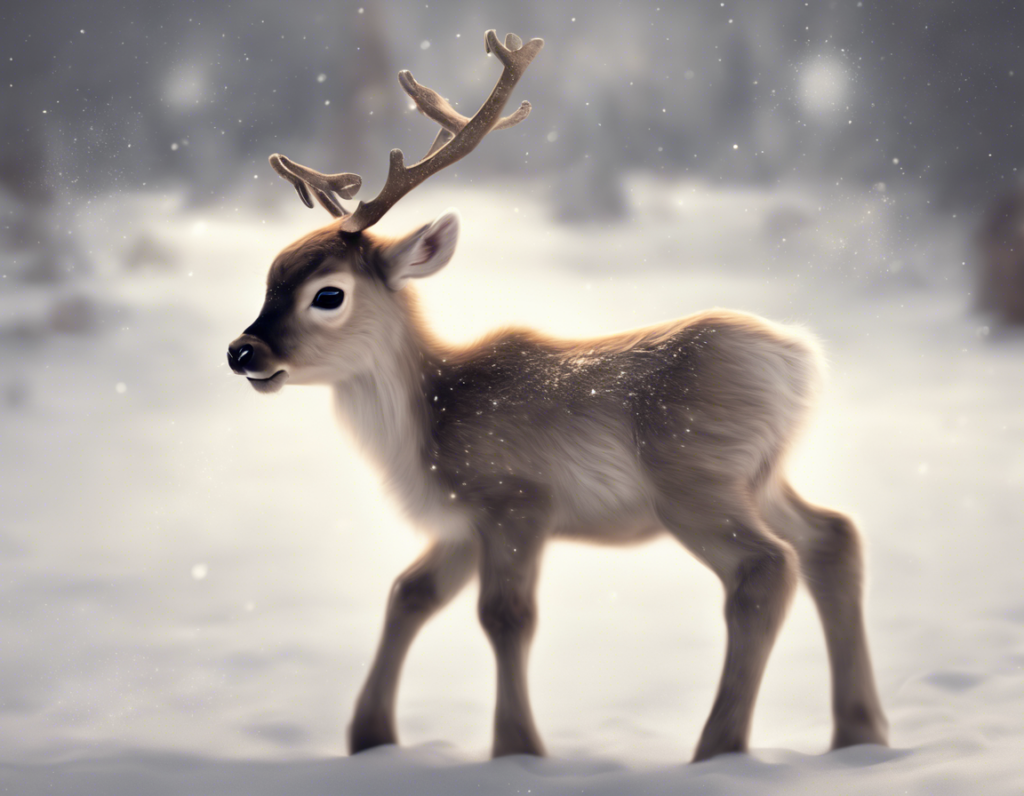Reindeer are known for their association with the festive season, pulling Santa’s sleigh, and their unique adaptations to cold climates. One particularly endearing member of this species is Martha, an adorable baby reindeer that has captured the hearts of many. In this blog post, we will delve into the world of Martha, exploring her habitat, behavior, diet, and the conservation efforts being made to protect her species.
Introducing Martha: The Baby Reindeer
Martha is a young reindeer with a soft, brown coat and large, soulful eyes. She is playful, curious, and full of energy, embodying the spirit of the Arctic wilderness where she roams. Born in the vast tundra of northern Europe, Martha belongs to a herd of reindeer that migrates across the region in search of food and suitable breeding grounds.
Habitat and Adaptations
Reindeer, including Martha, are well adapted to life in cold climates. Their thick fur acts as insulation, keeping them warm even in the harshest of winters. Martha’s hooves are specially designed to provide traction on slippery ice and snow, allowing her to navigate the icy terrain with ease. In the summer months, Martha enjoys grazing on a variety of plants and lichens that grow in the tundra, providing her with essential nutrients to thrive.
Behavior and Social Structure
Martha is a social animal, living in a close-knit herd with other reindeer. Her herd is led by a dominant female, who guides them during migrations and helps them find food and shelter. Martha communicates with her herd members through vocalizations and body language, ensuring that they stay together and look out for each other in the vast expanse of the Arctic wilderness.
Diet and Feeding Habits
Reindeer, including Martha, are herbivores, feeding on a diet of grasses, mosses, lichens, and other vegetation found in their habitat. During the winter months when food is scarce, they use their specialized hooves to dig through the snow and uncover patches of lichen, their primary winter food source. Martha’s diet is varied and nutritious, providing her with the energy she needs to survive in the challenging environment of the Arctic.
Conservation Efforts
While Martha and her herd roam freely in their natural habitat, reindeer populations around the world are facing threats from climate change, habitat loss, and human encroachment. Conservation efforts are underway to protect these majestic animals and ensure their survival for future generations. By establishing protected areas, regulating hunting practices, and raising awareness about the importance of conserving reindeer habitats, we can help secure a bright future for Martha and her fellow reindeer.
Frequently Asked Questions (FAQs)
1. Are reindeer and caribou the same animal?
– Yes, reindeer and caribou are the same species (Rangifer tarandus), with the name “caribou” commonly used in North America and “reindeer” in Europe and Asia.
2. Do reindeer really fly with Santa’s sleigh?
– While reindeer do not actually fly, they are strong and capable of pulling heavy loads, making them a popular choice for fictional stories like Santa’s magical sleigh rides.
3. How do reindeer survive in the cold Arctic climate?
– Reindeer have several adaptations, including thick fur for insulation, specialized hooves for traction, and a varied diet that sustains them through harsh winters.
4. What is the breeding season for reindeer?
– Reindeer typically mate in the fall, with females giving birth to calves in the spring or early summer after a gestation period of about seven to eight months.
5. How can I help support reindeer conservation efforts?
– You can support reindeer conservation by donating to organizations that work to protect their habitats, raising awareness about the importance of conservation, and making sustainable choices in your daily life to reduce your impact on the environment.
In conclusion, Martha the baby reindeer represents the beauty and resilience of her species, embodying the magic of the Arctic wilderness. By learning more about reindeer, their habits, and the efforts being made to protect them, we can ensure that future generations will have the opportunity to admire and appreciate these magnificent creatures in the wild.
